During the second year of our archaeological project in northern Serbia, one of our days in the field was very short, so the geomagnetics team that I was on was treated to a short trip to the small city of Zrenjanin. The city is not your typical tourism destination in Serbia, in fact I can’t say I’d ever heard of the city before my project in Serbia, but it only made me more intrigued to explore the city.
Zrenjanin is the 10th largest city in the country with a population of just under 125,000. It’s the administrative centre and largest city of the Central Banat District and the third-largest town in the autonomous province of Vojvodina which makes up the northern part of Serbia. The city has changed its name a few times throughout its recent history; the original name is Veliki Bečkerek, but it was changed in 1935 to Petrovgrad to honour king Peter I of Serbia. Eleven years later, the city was renamed to Zrenjanin in honour of Žarko Zrenjanin, one of the leaders of the local communist anti-fascist resistance force during the Second World War.
Zrenjanin has a long history of changing rulers and kingdoms. First mentioned in the early 14th century when the city was under the rule of Ugrin Csák, a Hungarian nobleman, it later became part of the Serbian state of Jovan Nenad for two years before being taken over by the Ottoman Empire who ruled Zrenjanin and the surrounding provinces until 1699. For the following hundred years, the city was under rule of the Habsburg monarchy before becoming part of the Austrian Empire and later the Austro-Hungarian Empire until 1918. The city finally became part of the Kingdom of Serbia thereafter, until the Kingdom of Yugoslavia was formed in 1929 and ruled the city until 1944 when the Republic of Yugolasvia was established and took over. In 2003, the city was briefly part of the country of Serbia and Montenegro which was peacefully dissolved in 2006, restoring Serbia’s independence, along with Zrenjanin and the rest of Vojvodina.
Unfortunately, Zrenjanin’s development was severely affected by the Yugoslav Wars in the late 20th century, leading to a social and economic crisis in the area. However, Zrenjanin was spared when the NATO bombed Serbia in 1999, and things are starting to look up for the city. New private businesses have been established, foreign capital is flowing into the city and new industrial and residential quarters are being developed. Hopefully this means a bright future for the citizens of Zrenjanin after many years of wars and instability.
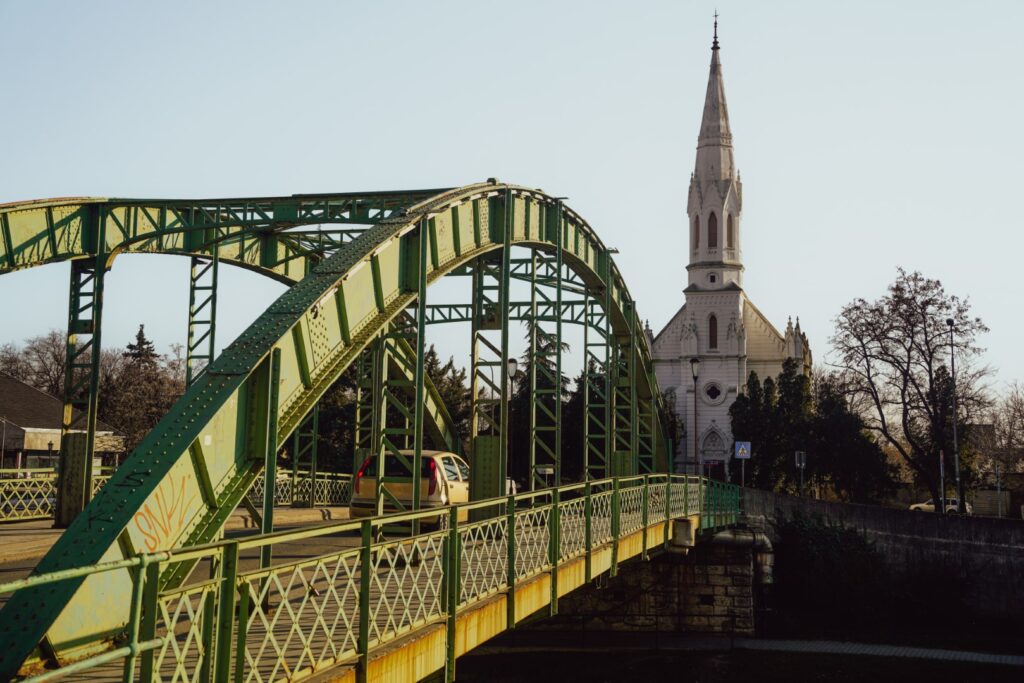
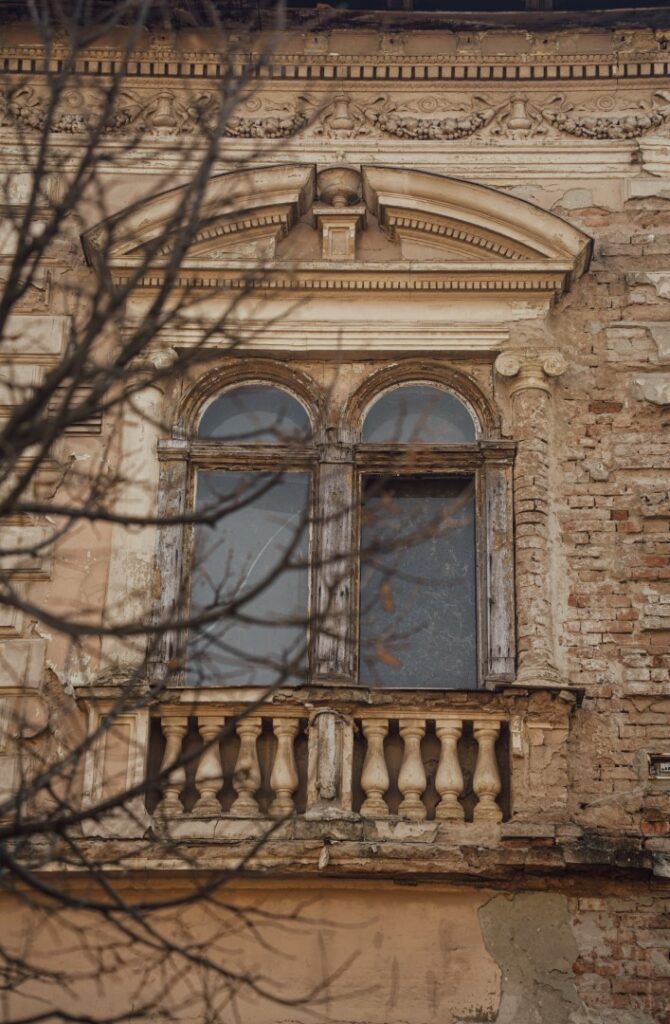
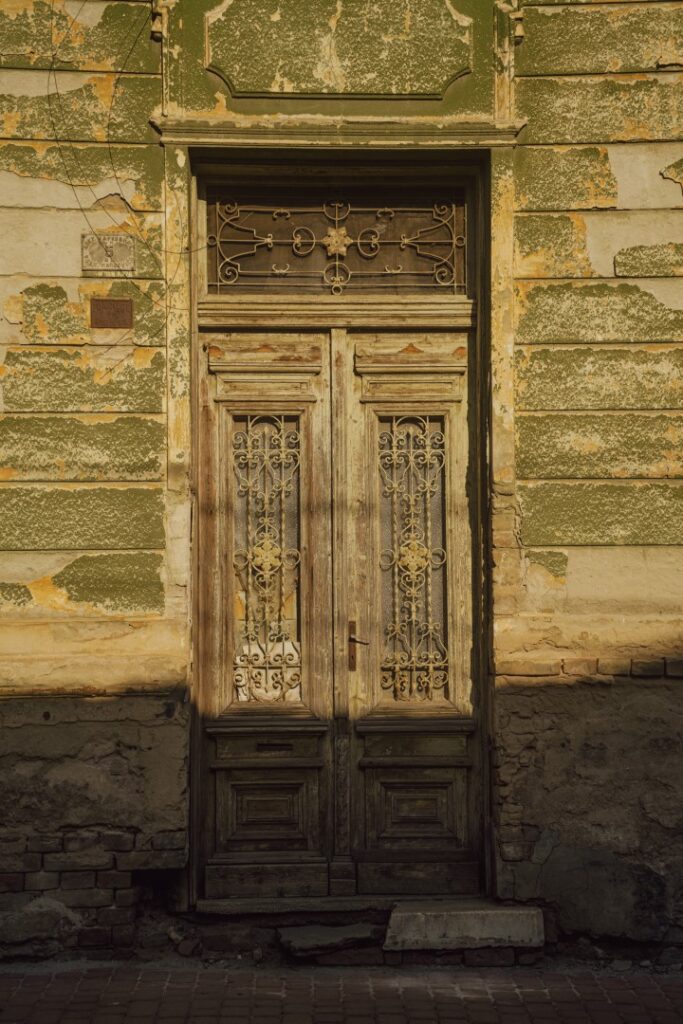
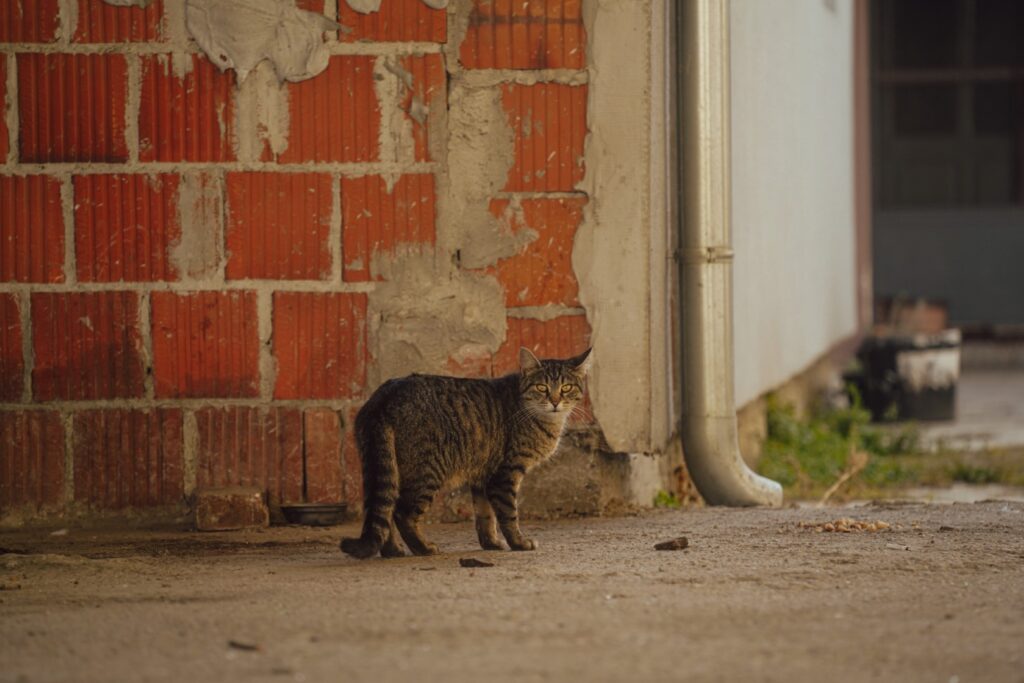
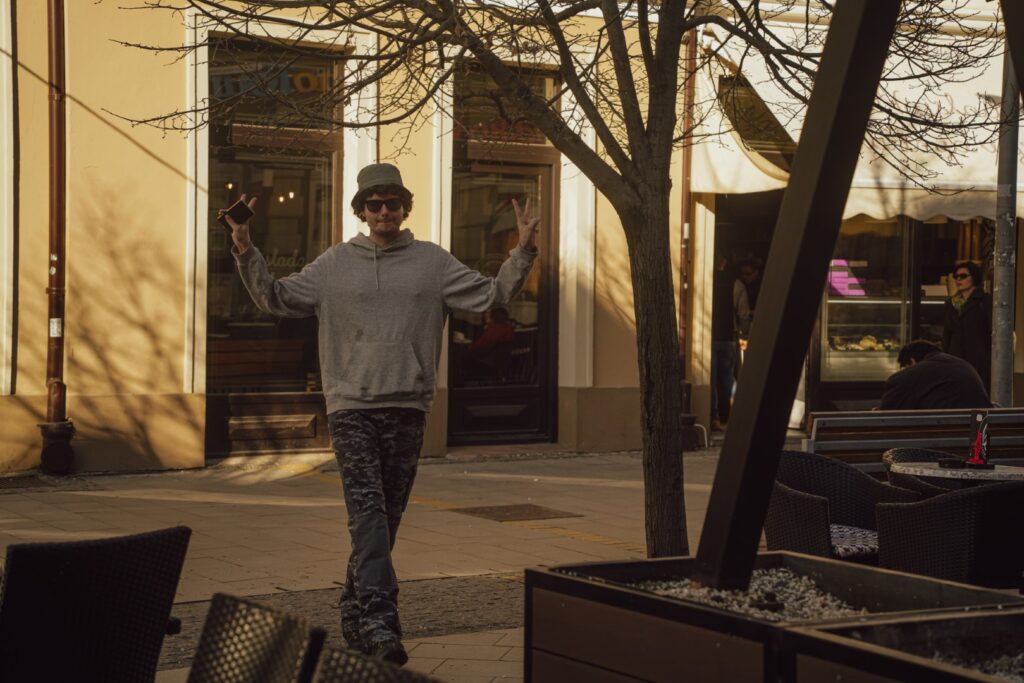
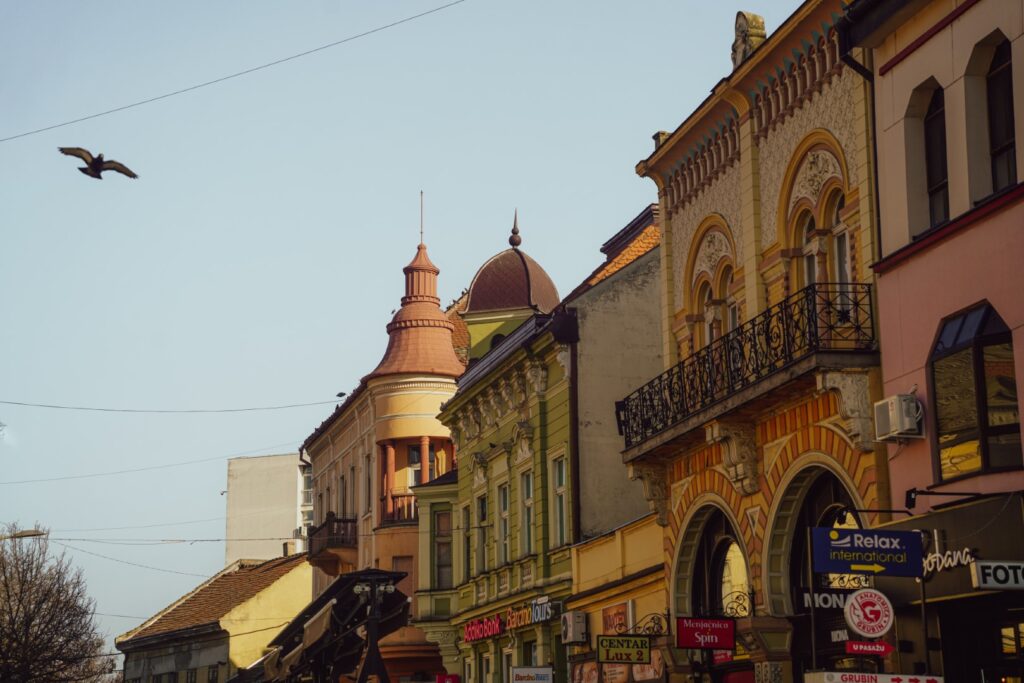
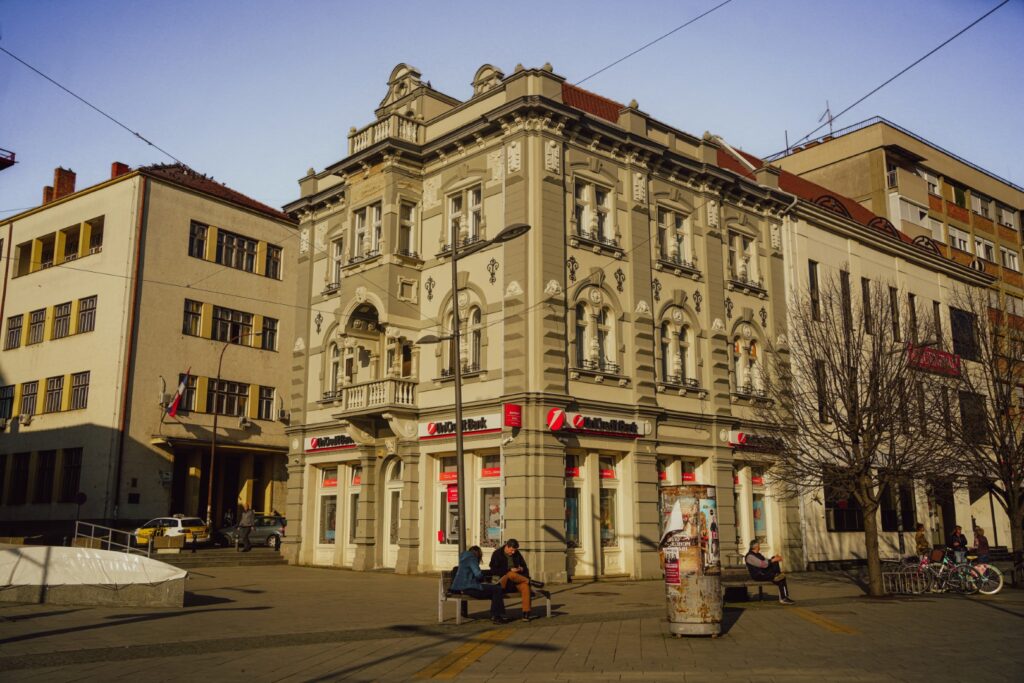
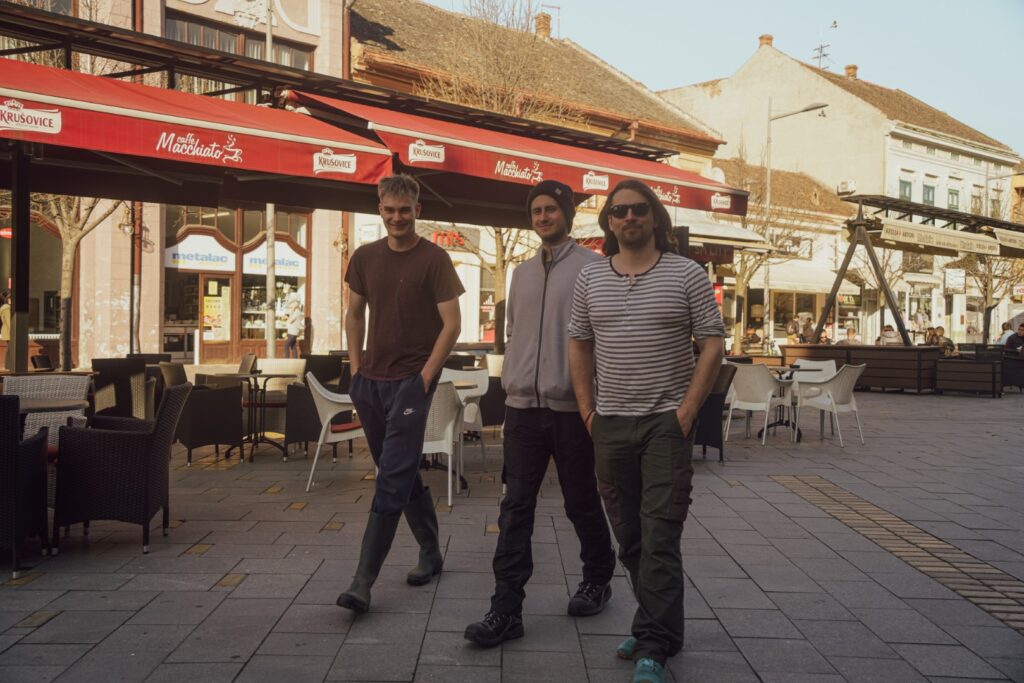
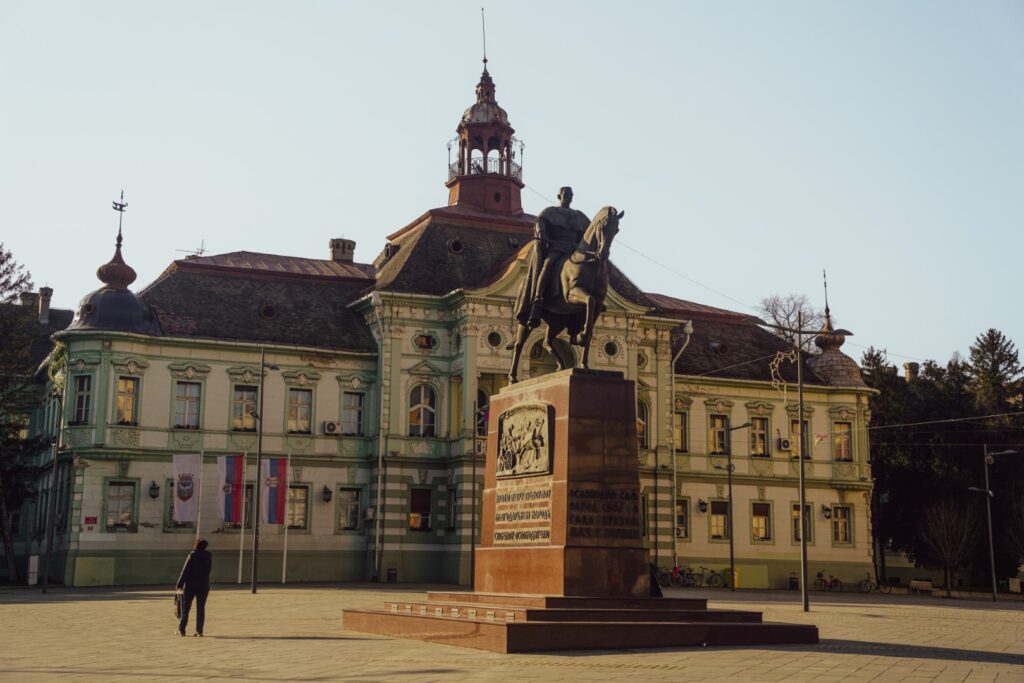
Driving through the outskirts of the city into Zrenjanin’s centre, it became obvious that much of the city still needs to be developed. Run-down houses and apartment blocks line the streets of the outskirts, but as soon as we got into the heart of the city, we recognized the recent development efforts. The city centre looks very polished and nice, in fact I felt it lacked some authenticity as it felt like a wildly different city to the outskirts, including the streets just outside the city centre which we did get a chance to explore a little.
With only half an hour available to explore Zrenjanin, I guided the group around, following some pins I’d quickly made on maps.me (here’s a tip: maps.me is the best travel app ever!). We actually managed to cover the entire city centre in that short amount of time (the city is not very big!). We took a stroll down the main street, Kralja Aleksandra I Karađorđevića, to the Freedom Square where the beautiful Neo-Baroque city hall from the 19th century is located. The square is also home to the Cathedral of Saint John of Nepomuk. Despite the fact that 77 percent of Zrenjanin’s population is Orthodox Christian, this cathedral belongs to the Roman Catholic church that merely 12 percent of the population identifies with. Zrenjanin also acts as the centre of the Roman Catholic diocese of the Banat region. The cathedral was built between 1864 and 1868 in a Neoclassical style, on the site of a former Baroque church which had replaced a mosque in 1768.
There were a few market stalls on the main square, and one of them was selling tacky lollies with all sorts of writing and smiley faces. We chose one that looked like a sun with hearts as eyes to give to our team leader as a little appreciation gift for our spontaneous city adventure.
We then headed down to one of the city’s lakes, crossing over the Mali Most steel bridge which is the oldest bridge in Zrenjanin. Just across the bridge stands the arguably most beautiful church in the city, the Reformed Church, built in 1891 in a Neo-Gothic style. We also had a look over at the monumental Zrenjanin Court House which was built in the early 20th century – and apparently, most of the workers were women, something very unusual for the time (and today, I’d argue!).
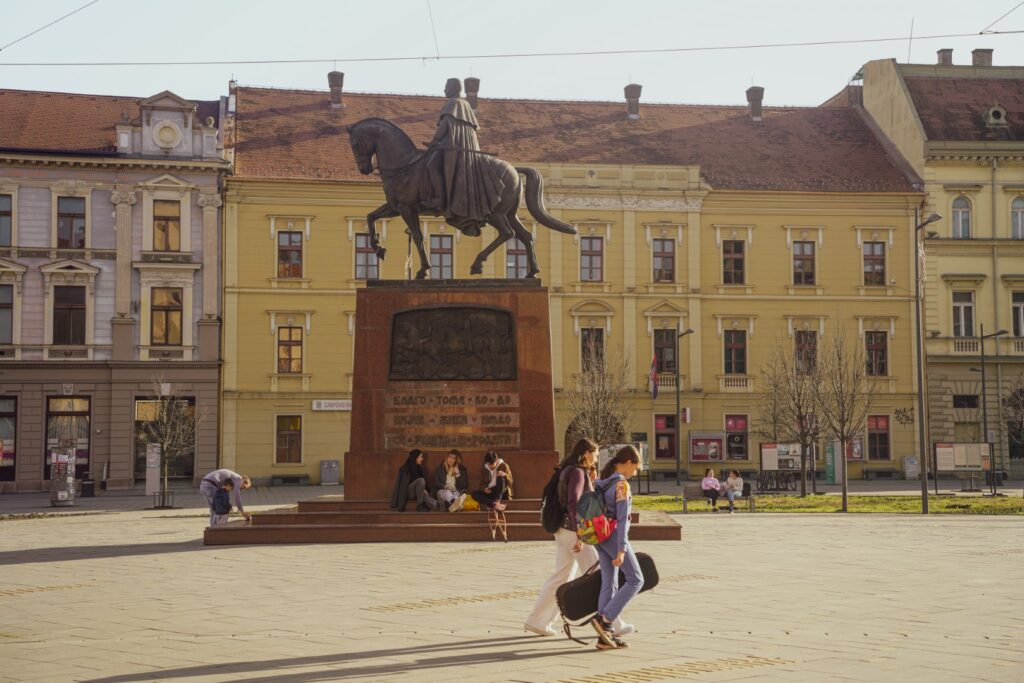
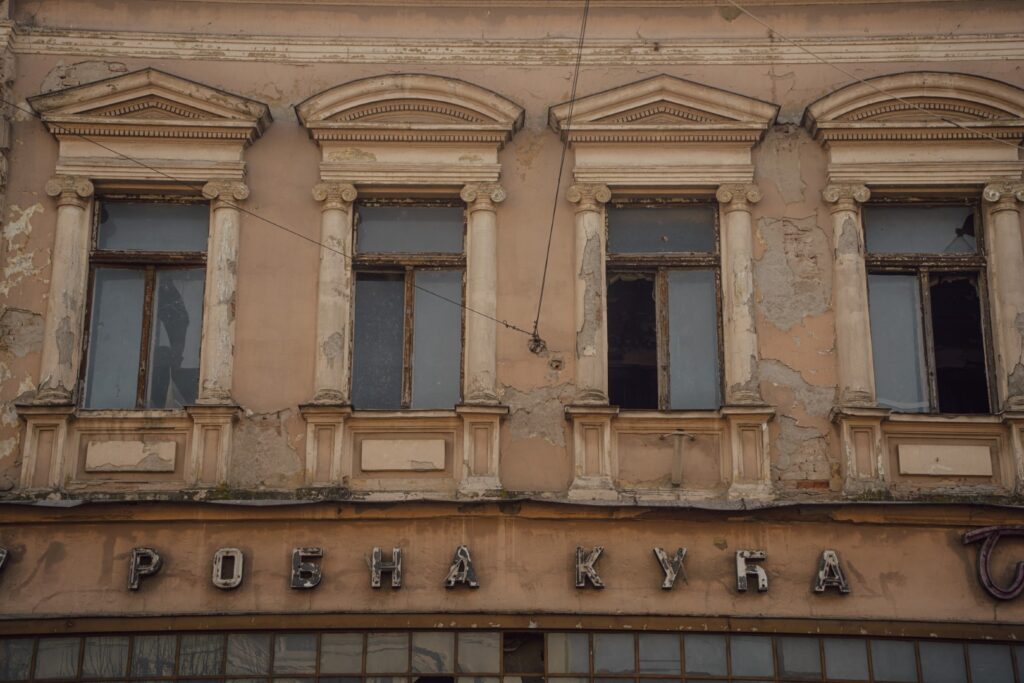
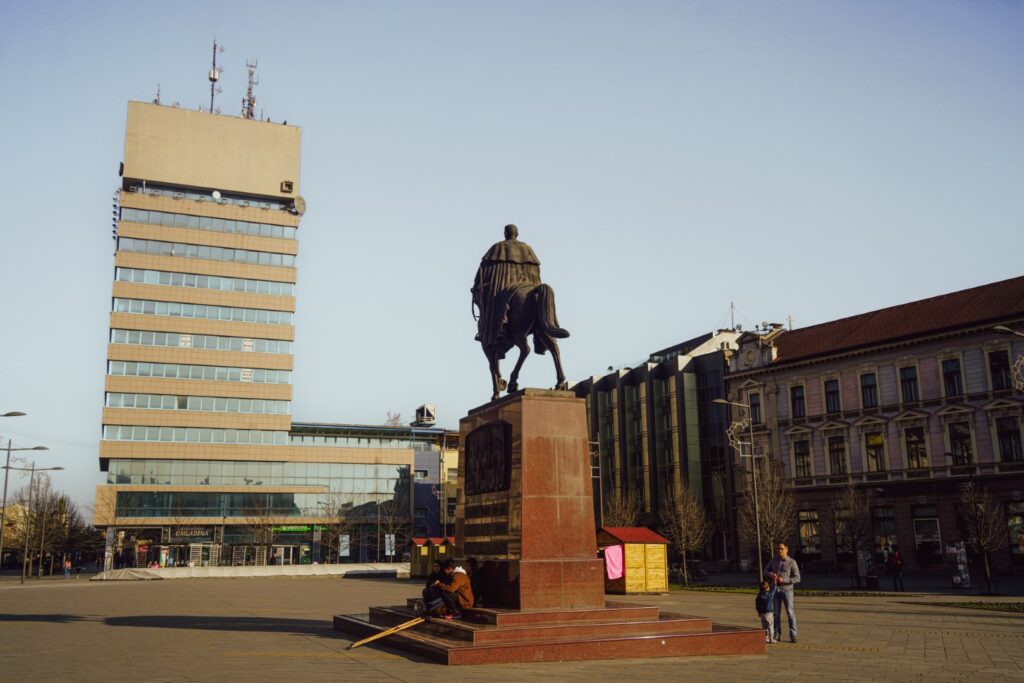
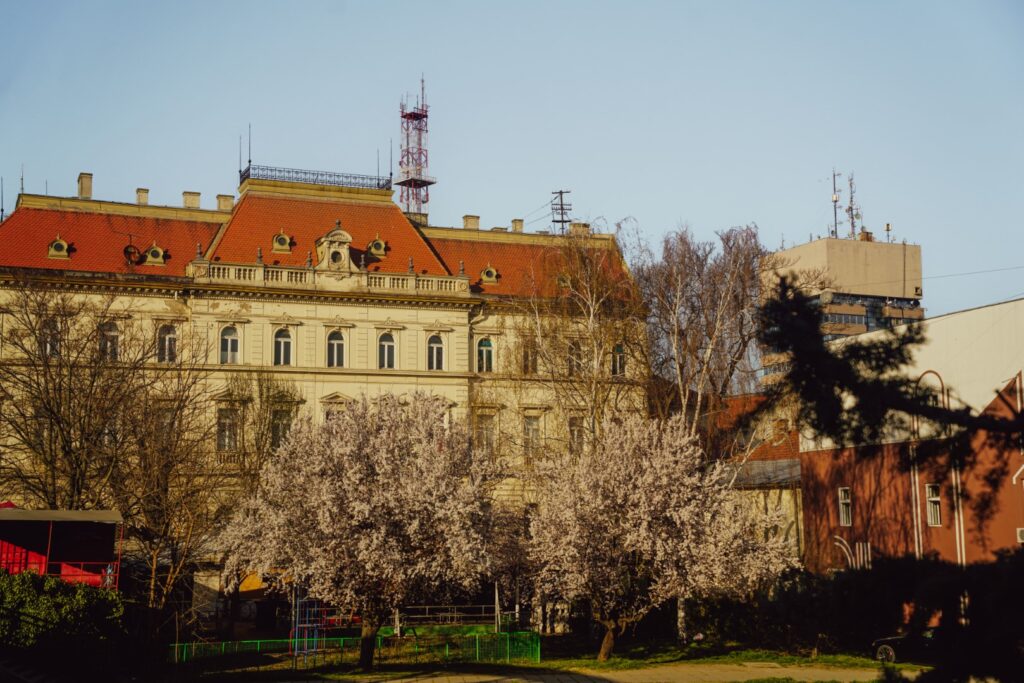
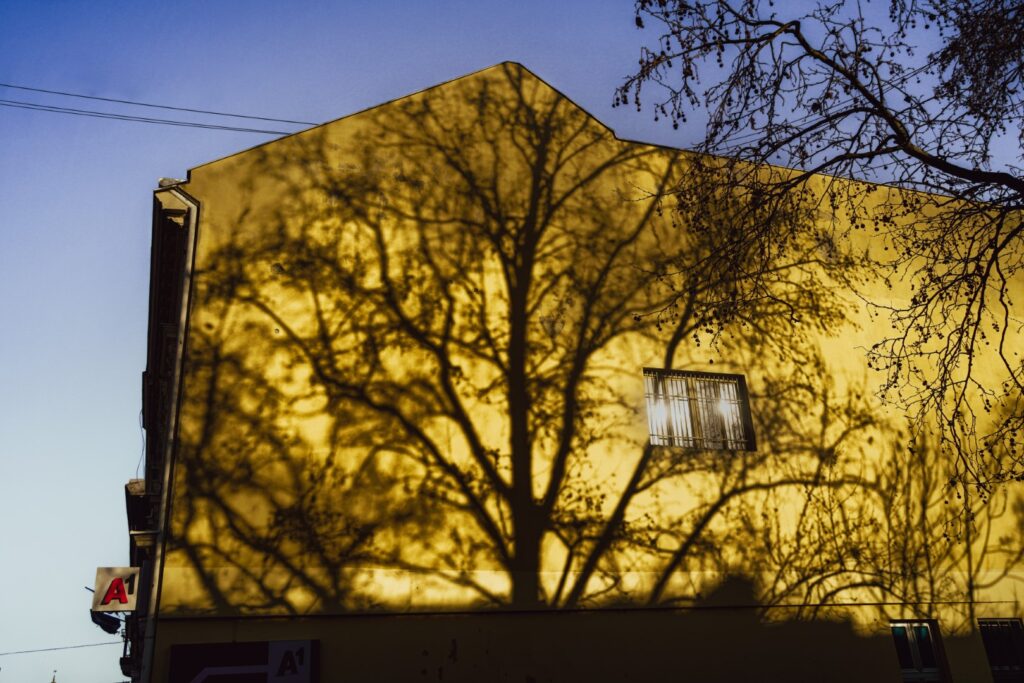
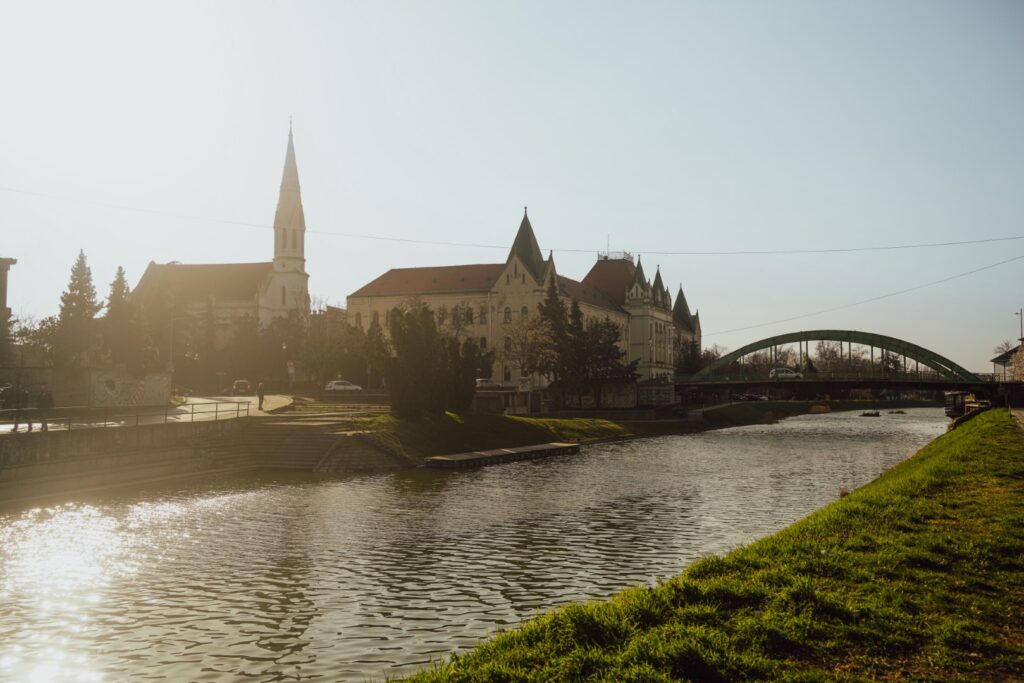
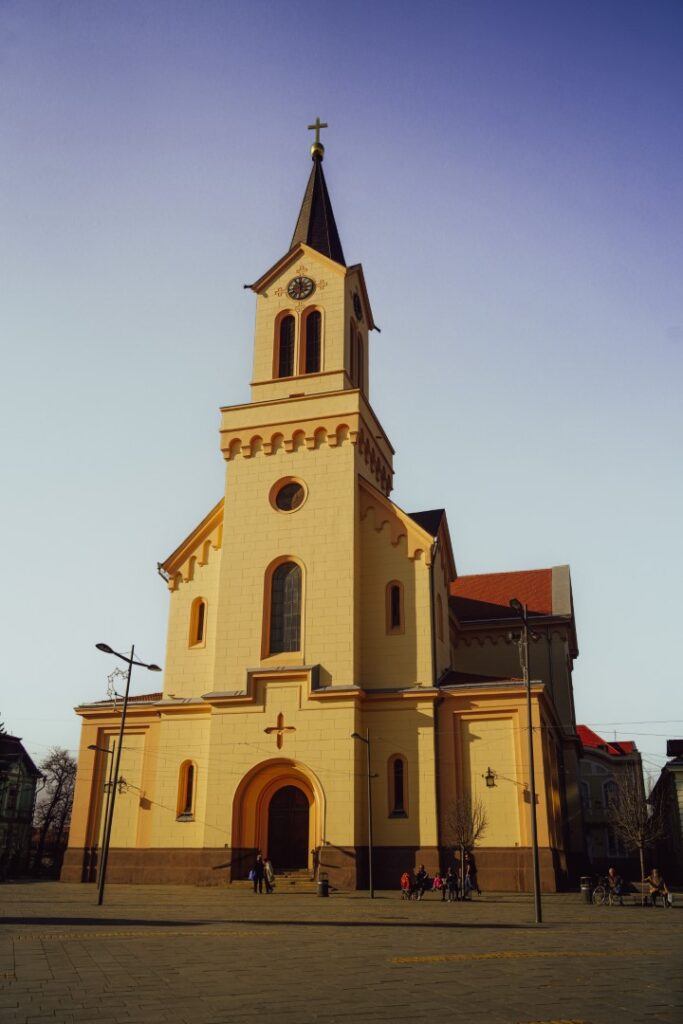
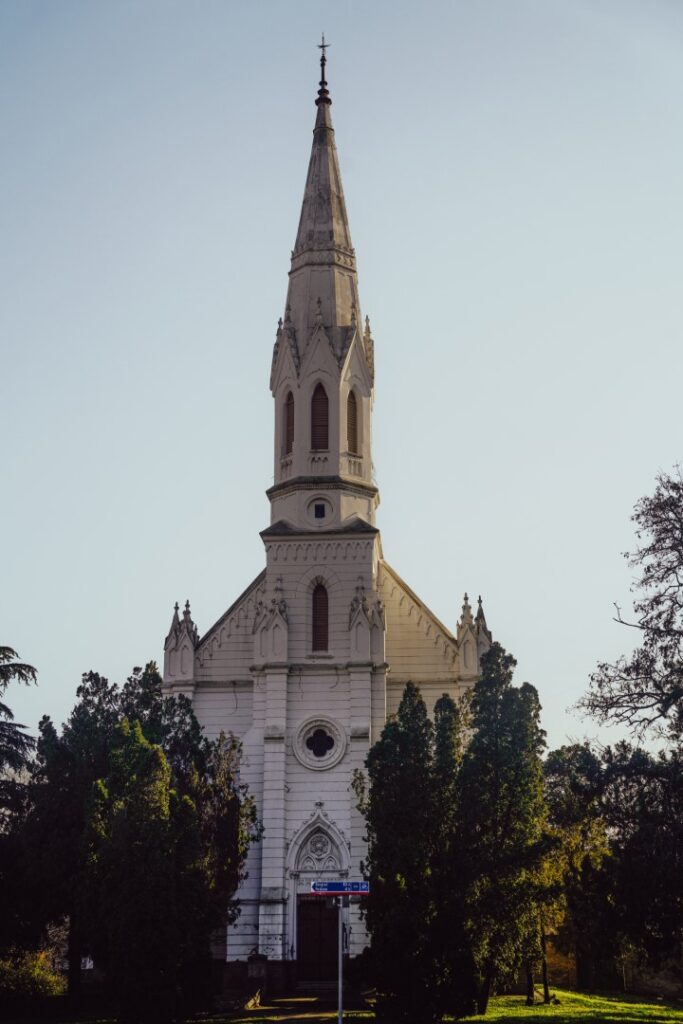
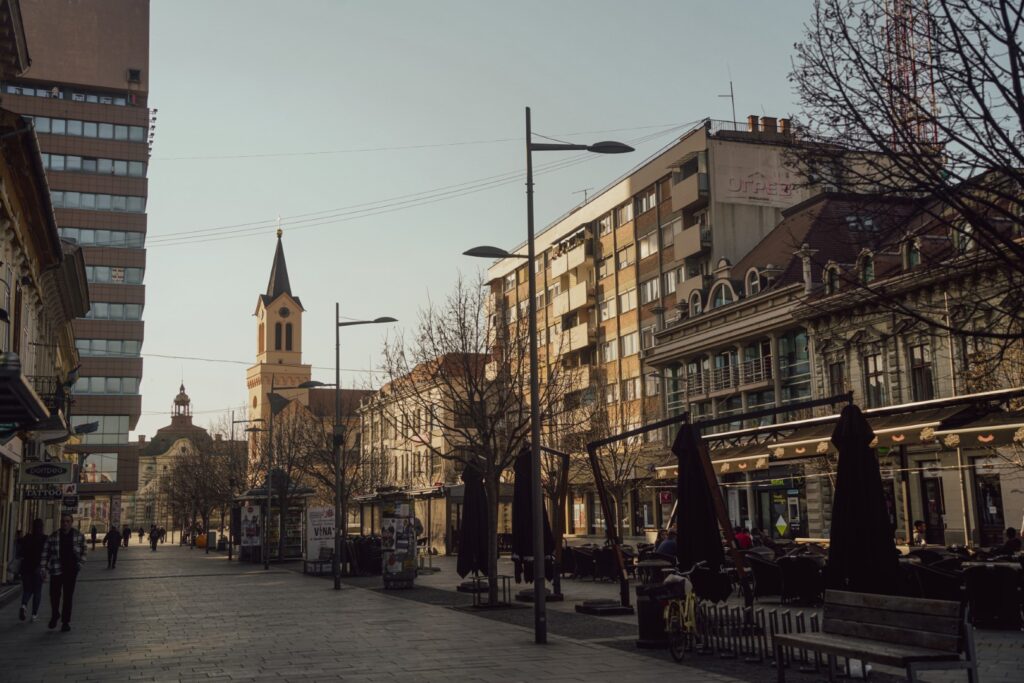
After just thirty minutes which felt like much longer, it was time to head back to the car and drive the country roads back to our home base in Novi Bečej. This spontaneous visit to one of Serbia’s many small cities brought back memories of a similarly short trip to Kikinda the year before. I’m slowly but surely getting to know northern Serbia very well, even if my time in each city is short!
WANT MORE INFO?: Download a city guide for Zrenjanin with GPSmyCity here!
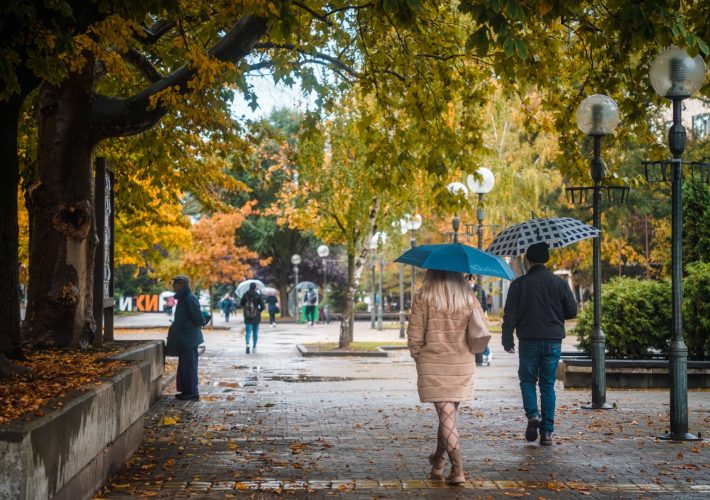
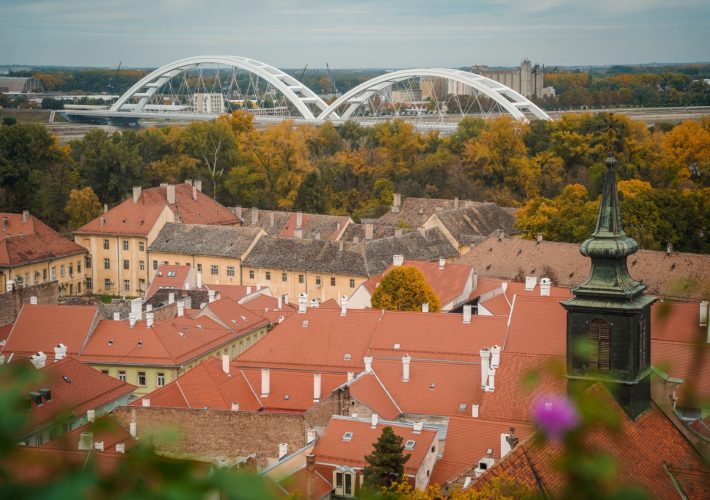


Leave a Comment